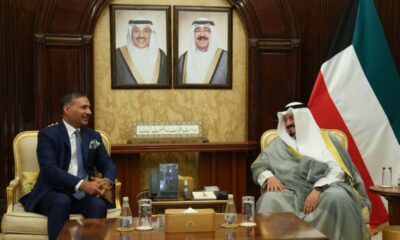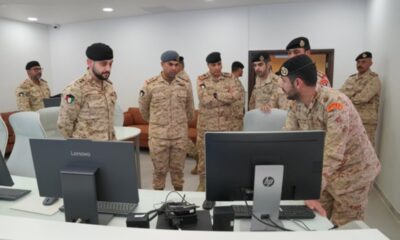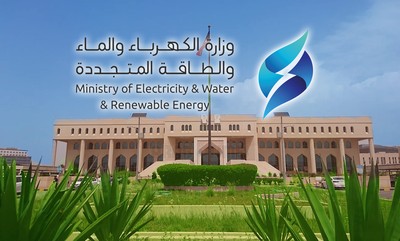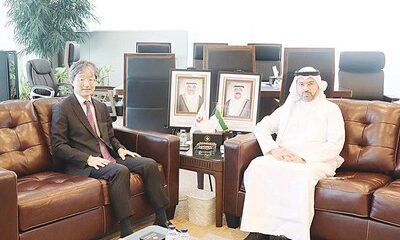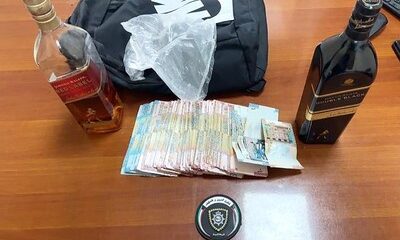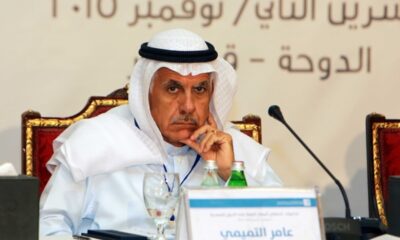CAIRO: The 56th regular session of the Arab Permanent Committee for Human Rights commenced on Monday with the participation of Kuwait and representatives from Arab states concerned with human rights affairs. In his opening address, Ahmed Maghari, supervisor of the Human Rights Department at the League of Arab States, underscored the dire humanitarian situation in Gaza, calling it a stark indicator of the region’s human rights reality. “We cannot speak of the state of human rights without acknowledging the catastrophic conditions faced by our brothers in Gaza, where securing the most basic necessities has become a matter of survival,” he said. Maghari described the ongoing Zionist aggression in Gaza as a profound moral and humanitarian challenge, noting that the Palestinian people continue to endure daily suffering under constant bombardment, displacement and destruction. He lamented the international community’s continued inaction in the face of clear violations of international law and human rights norms. “The occupying power persists in defying international legitimacy and the decisions of the General Assembly, the Security Council, and the International Court of Justice,” he said.
The 56th session of the Arab Permanent Committee on Human Rights kicks off, chaired by Kuwait.- KUNA photos
Held at a time of mounting regional tensions, the session comes amid escalating challenges that directly affect fundamental human rights. Maghari highlighted the Committee’s historic role since its establishment in 1968 in developing the Arab human rights framework both legally and practically, while also fostering cooperation with regional and international partners. He expressed hope that the session would yield effective recommendations to help confront the pressing challenges in the region. He pointed to the rise of conflicts and violence globally, along with the resulting serious human rights violations, as major concerns.
Emerging issues such as the intersection of human rights with climate change, artificial intelligence, and the spread of alien ideologies that undermine human dignity were also noted. “In light of these challenges, we must reinforce our solidarity and collective action to enhance peace, stability, and the security of our societies,” Maghari added. The two-day session, chaired by Ambassador Talal Al-Mutairi, Chairman of the Arab Permanent Committee for Human Rights, will review the General Secretariat’s report on the implementation of previous recommendations up to the 55th session.
Discussions will also focus on Zionist violations in occupied Arab territories, the plight of Arab prisoners and detainees in Zionist prisons, and the issue of the bodies of Palestinian and Arab martyrs held in so-called “numbered cemeteries.” Other agenda items include the Arab Charter on Human Rights and preparations for Arab Human Rights Day, which will be observed on March 16, 2026. Kuwait is represented at the meeting by a delegation led by Assistant Foreign Minister for Human Rights Affairs Ambassador Sheikha Jawaher Ibrahim Al-Duaij Al-Sabah.— KUNA



